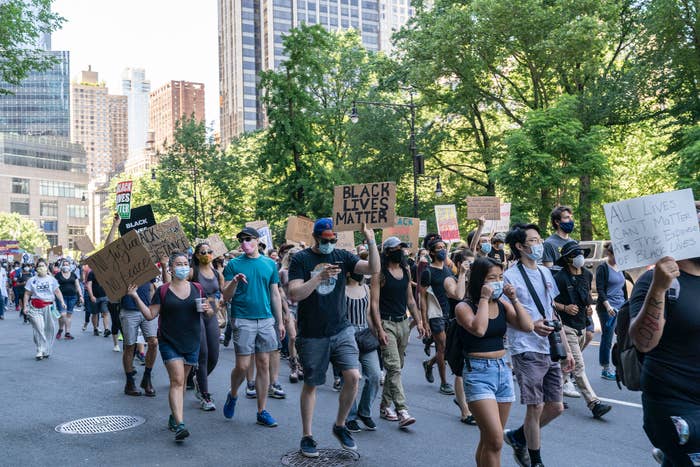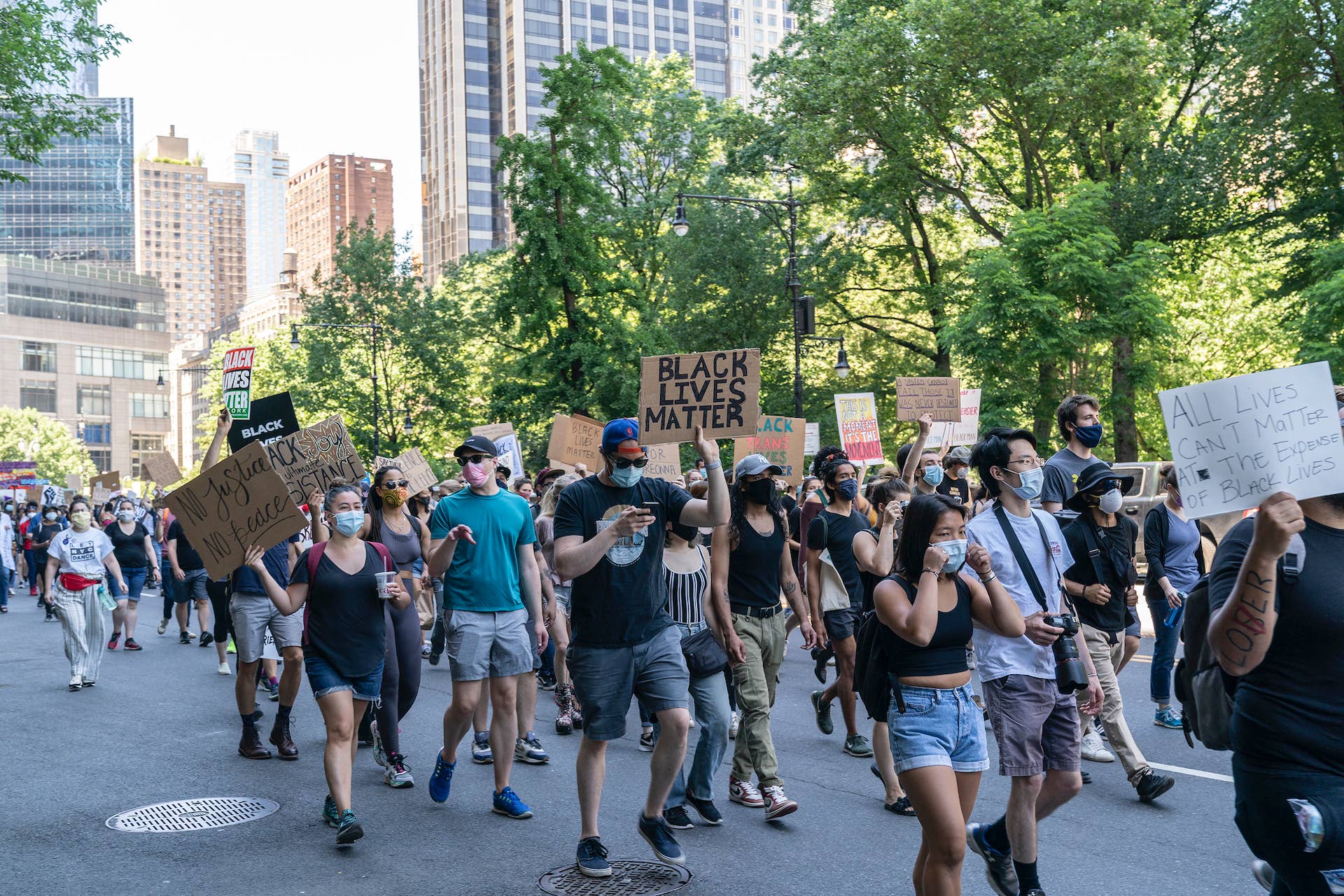
This year has been a complete shitstorm. From a global health crisis to an economic downturn to the worst civil unrest the nation has seen in decades, it seemed no one could've predicted just how much turmoil 2020 would bring. Well, except for one man.
In 2010, Peter Turchin wrote a scientific report published in Nature predicting economic and social instabilities would peak around 2020. The researcher at the University of Connecticut cited wage stagnation, public debt, and overproduction of graduates with advanced degrees would be among the structural factors that would trigger chaos "caused by pent-up social pressures that seek an outlet."
Turchin's forecast was based on an analysis of anti-government demonstrations from 18th century to 2010. He determined United States experienced spikes in instability approximately every 50 years, around 1870, 1920, and 1970. He predicted the pattern would continue in 2020, as the country was expected to enter "a dip in the so-called Kondratiev wave, which traces 40-60-year economic-growth cycles."
"They had no reason to believe I wasn’t crazy," Turchin told TIME. "As a scientist, I feel vindicated. But on the other hand, I am an American and have to live through these hard times."
But there was one major crisis Turchin didn't see coming: the deadly coronavirus. The potentially fatal disease has wreaked havoc across the world, resulting in nearly half-a-million deaths and severe economic pain due to the widescale lockdowns. Turchin told TIME the high rates of unemployment could very well lead more tensions in the years to come, so much so he is now concerned the situation "may escalate all the way to a civil war."
"Our conclusion is that, unfortunately, my 2010 forecast is correct. Unfortunately, because I would have greatly preferred it to become a 'self-defeating prophecy,' but that clearly has not happened," he wrote in a recent blog post. "What does it mean for the current wave of protests and riots? The nature of such dynamical processes is such that it can subside tomorrow, or escalate; either outcome is possible. A spark landing even in abundant fuel can either go out, or grow to a conflagration."
He continued: "What is much more certain is that the deep structural drivers for instability continue to operate unabated. Worse, the COVID-19 pandemic exacerbated several of these instability drivers. This means that even after the current wave of indignation, caused by the killing of George Floyd, subsides, there will be other triggers that will continue to spark more fires—as long as the structural forces, undermining the stability of our society, continue to provide abundant fuel for them."

